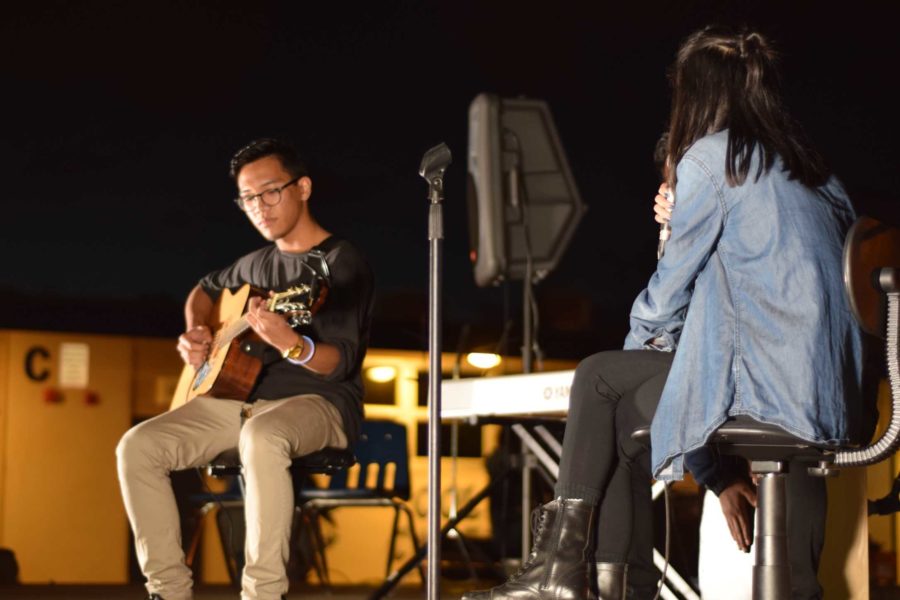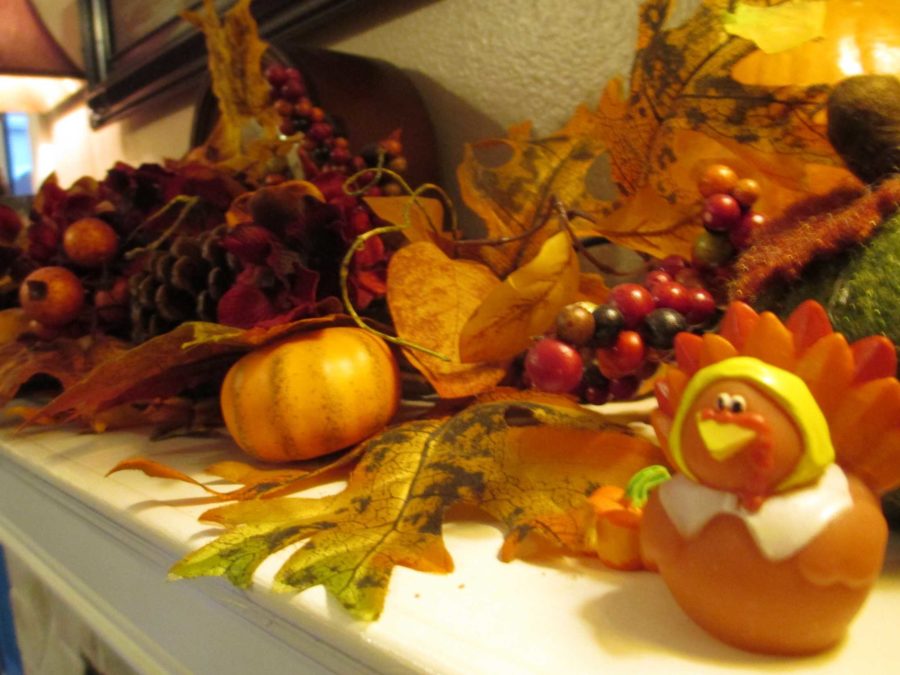Histories of Thanksgiving
Photo by: Rhiannan Ruef, photography editor
Thanksgiving traditions are uniquely American, but the history can be more complicated.
Thanksgiving is a federal holiday celebrated on the fourth Thursday of each November. The word evokes images of football, family reunions, stuffed roasted turkey, pumpkin pie and, of course, the Pilgrims from the Mayflower and Wampanoag Tribe of Native Americans, the acknowledged founders of the feast.
The history of Thanksgiving and the origins of how it came to be are both open to interpretation and have been debated by American historians.
The basics of Thanksgiving, as taught in most Californian primary schools, is that it symbolizes the day when the Pilgrims and the Wampanoag Indians ate together in harmony.
“Well, from my basic elementary school lessons, I think [Thanksgiving] was originally to commemorate and celebrate the harmony between the Pilgrims and Native Americans after they survived the winter and the harvest,” said Elise Umetsu, junior. “Now it’s more like ‘everyone you love appreciation day’ and an excuse to eat half a pie by yourself, and for others it’s like a fuel-up session before the havoc of Black Friday.”
According to HISTORY™, Squanto taught the Pilgrims, who were weakened by lack of proper nutrition and suffered from contagious diseases and sickness, how to cultivate corn, extract sap from maple trees, catch fish in the rivers, and avoid poisonous plants in the November of 1621.
After the Pilgrims’ first corn harvest proved successful, Governor William Bradford organized a celebratory feast and invited a group of the colony’s Native American allies, including the Wampanoag chief Massasoit. Supposedly, lobsters, seals, and swans were dishes on the Pilgrims’ menus.
However, the Manataka American Indian Council® says that the story begins in 1614, when word spread in England about the paradise to be found in the new world. Puritans, seeking to escape oppression, began arriving in America by boat and seizing land, capturing strong young Natives for slaves and killing the rest.
The Pequot Nation, a tribe native to Connecticut, never agreed to the peace that Squanto, a member of the Pawtuxet tribe (part of the Wampanoag council) made with the puritans and decided to fight back. The ensuing Pequot War was one of the the most destructive wars Native Americans had ever fought in.
Furthermore, the Manataka™ believe that the genocide of the Pequot people is the reason Thanksgiving was celebrated in the Massachusetts Bay Colony.
“In 1637 in present day Groton, Connecticut, over 700 men, women, and children of the Pequot Tribe had gathered for their annual Green Corn Festival. During the predawn hours, the sleeping Indians were surrounded by English and Dutch mercenaries who ordered them to come outside,” wrote Susan Bates in her book, THE REAL STORY OF THANKSGIVING. “Those who came out were shot or clubbed to death while the terrified women and children who huddled inside the longhouse were burned alive. The next day the governor of the Massachusetts Bay Colony declared ‘A Day Of Thanksgiving’ because 700 unarmed men, women and children, were killed.”
However, the American government does not publicly celebrate the Pequot war and the conflict is never mentioned in Thanksgiving proclamations from the 18th century until now.
The contentious history between the American government and Native American tribes is well documented, but the evidence for what is celebrated today as Thanksgiving falls heavily on the side of celebrating the survival of the first pilgrims, 50 percent of whom died (puritans) after the first harsh winter at Plymouth.
The succeeding harvest of 1621 allowed the Wampanoag tribes and the pilgrims to “give thanks” to their creator for seeing them through.
“It’s my favorite time of year,” said Marcellin Ma, senior. “Cholesterol poisoning, type two diabetes and gluttony-induced comas. Yup. Favorite time of year,” he said.
Lindsey Troxel, sophomore, was more sanguine. “Thanksgiving honors traditions,” she said.
Whether or not students agree with one side of the story or the other, all can enjoy Thanksgiving break. Cam High’s break will take place from Nov. 24 to 28.

Hi! I'm Sophia but many like to call me, "Sofa." Sadly, this is my final year at Cam High, which means my last year on the Cam High Stinger. It is weird...

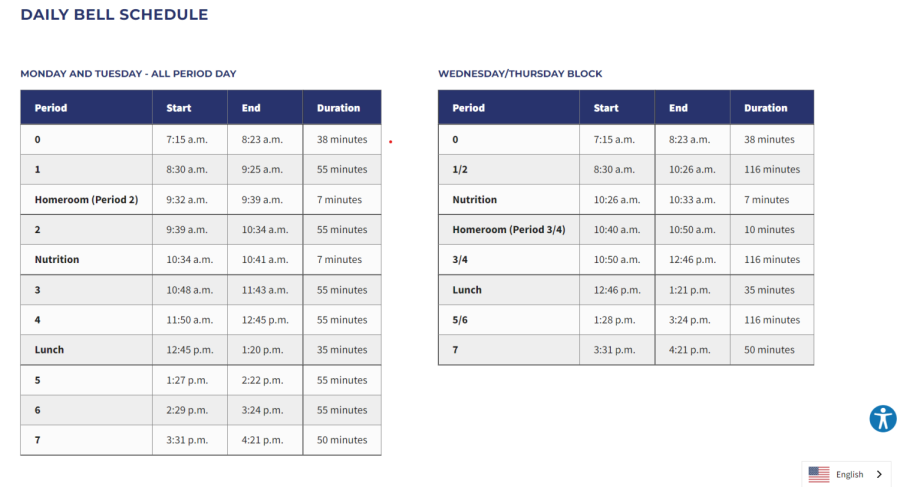


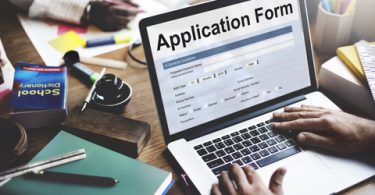

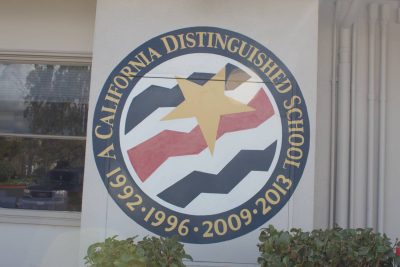

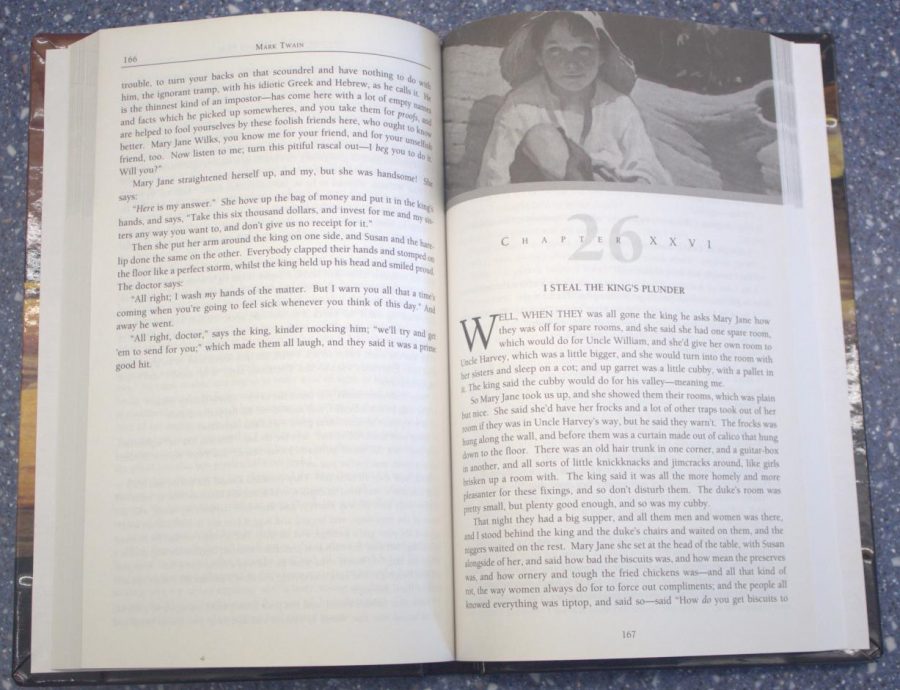
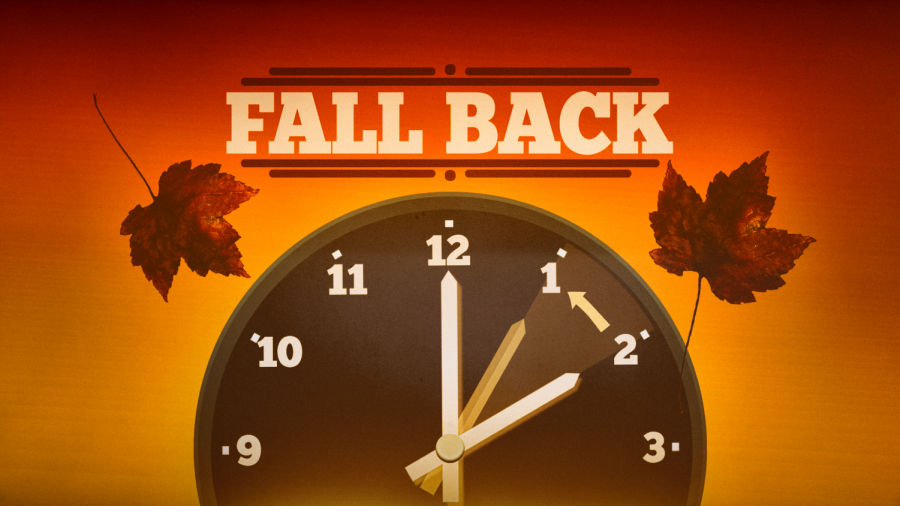

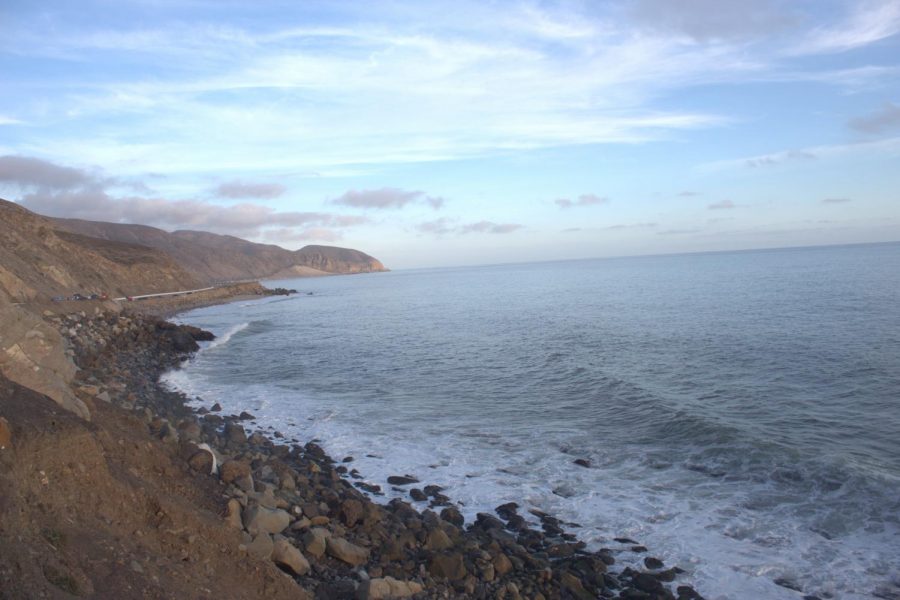




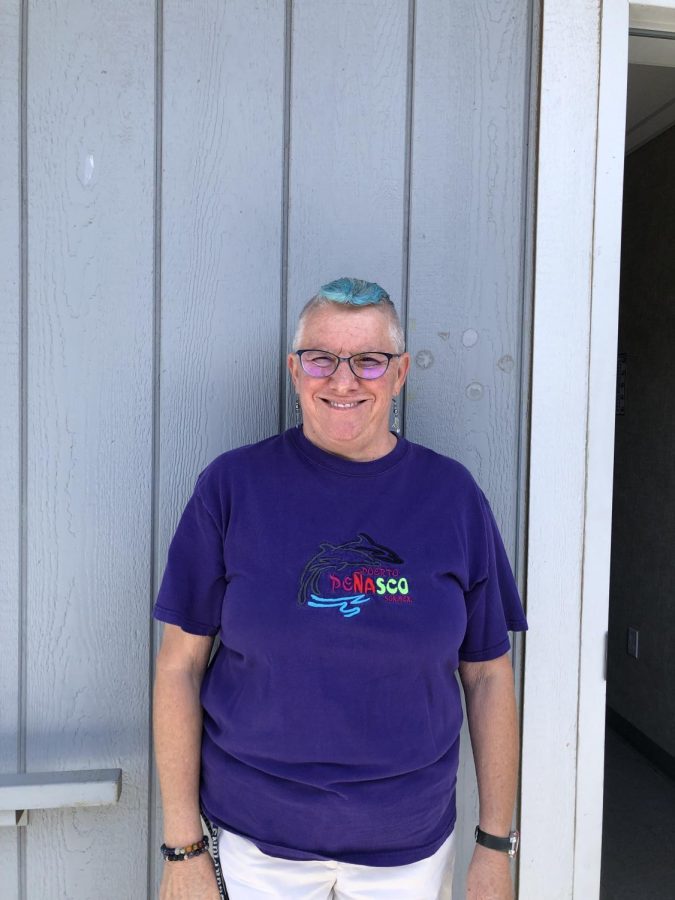


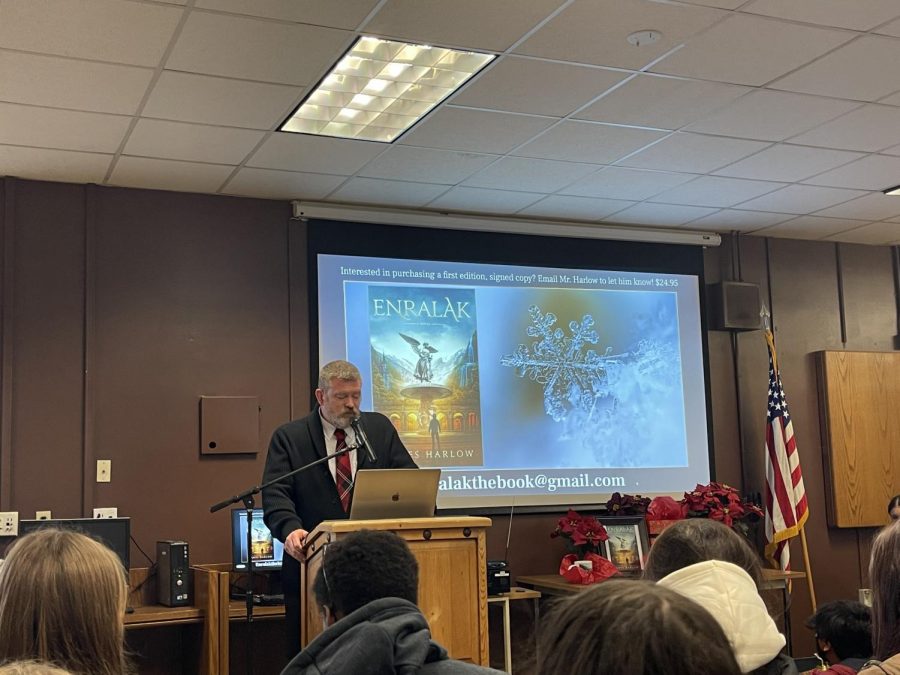
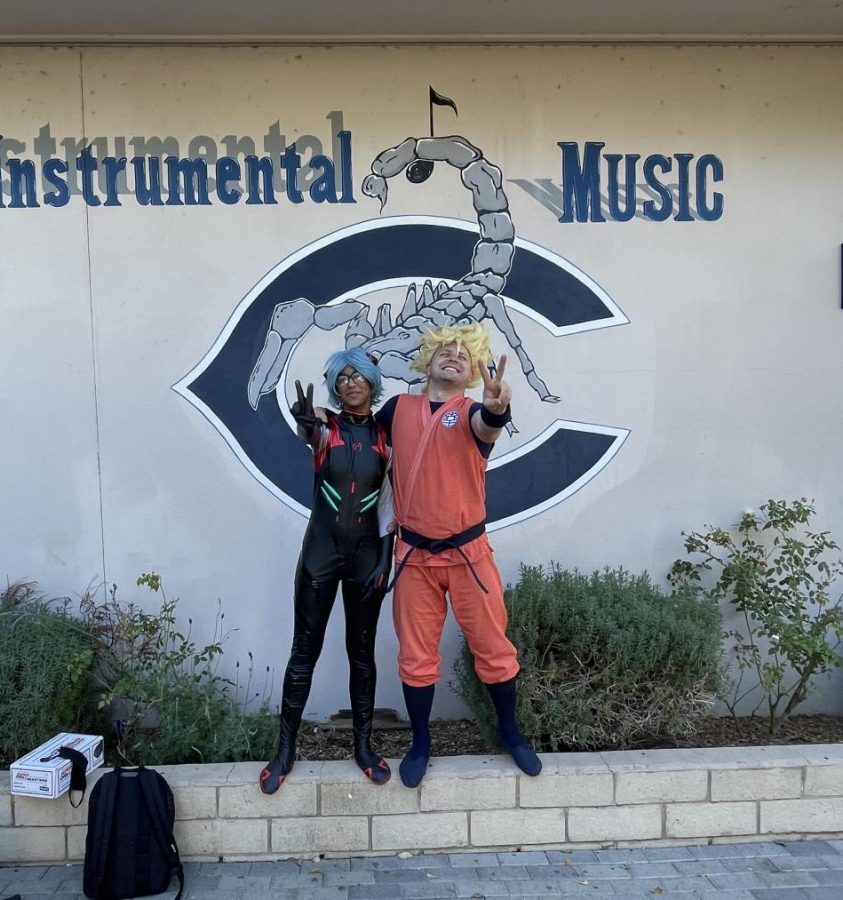
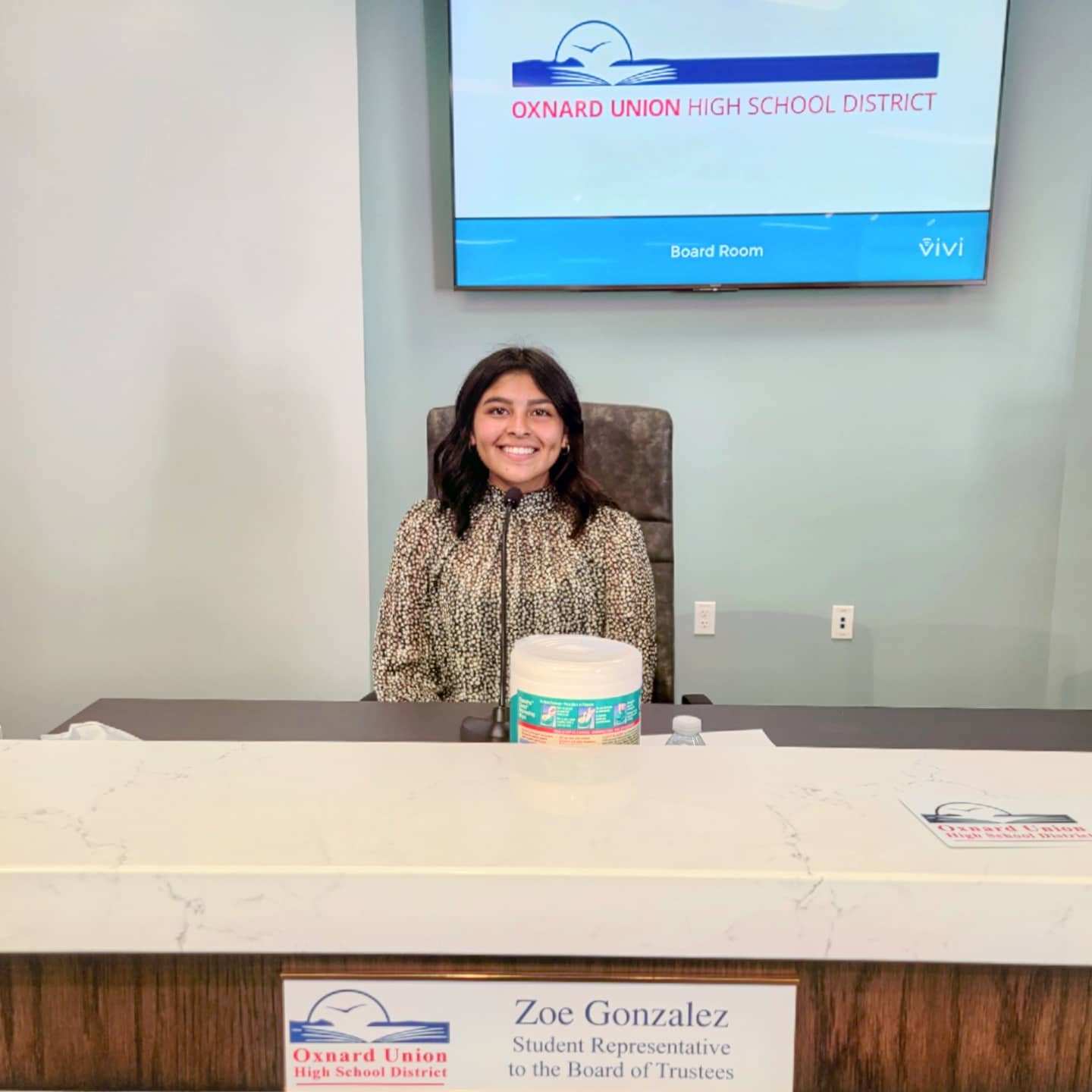


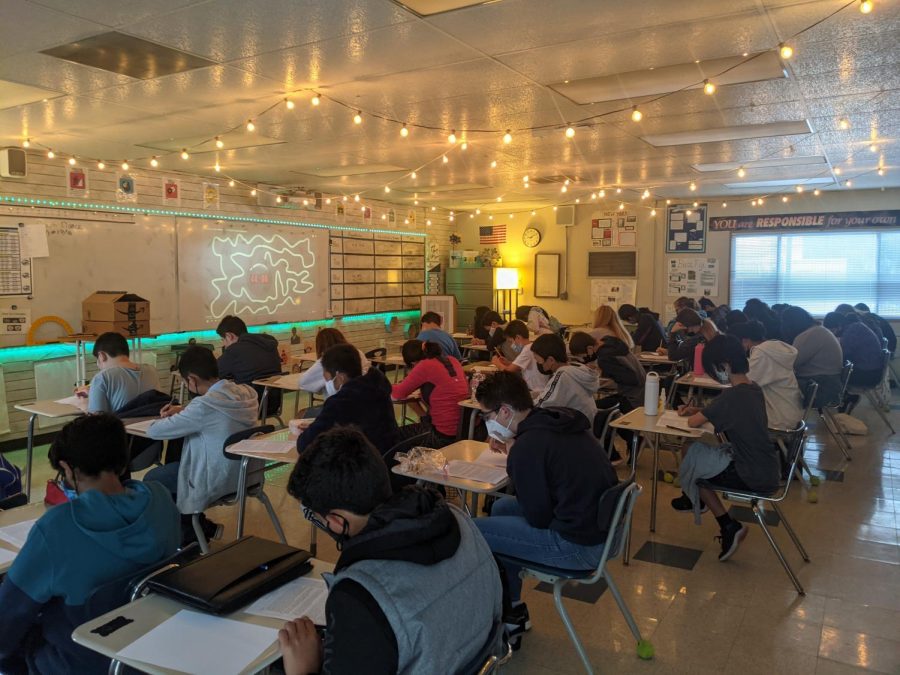

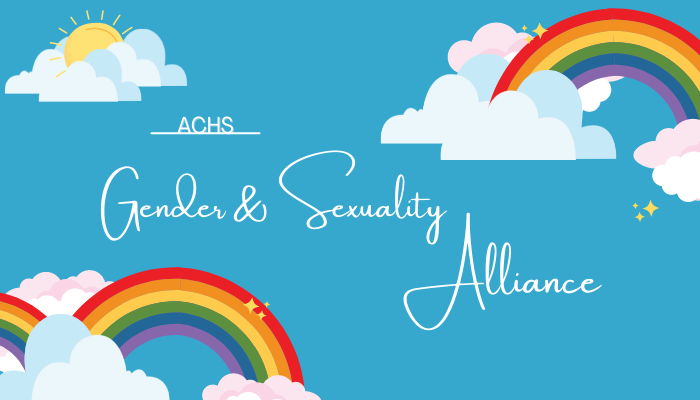
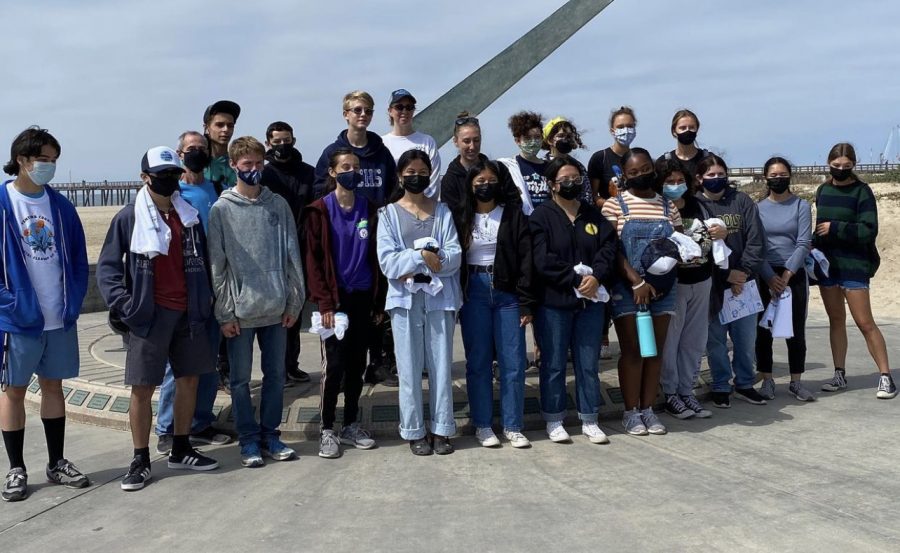
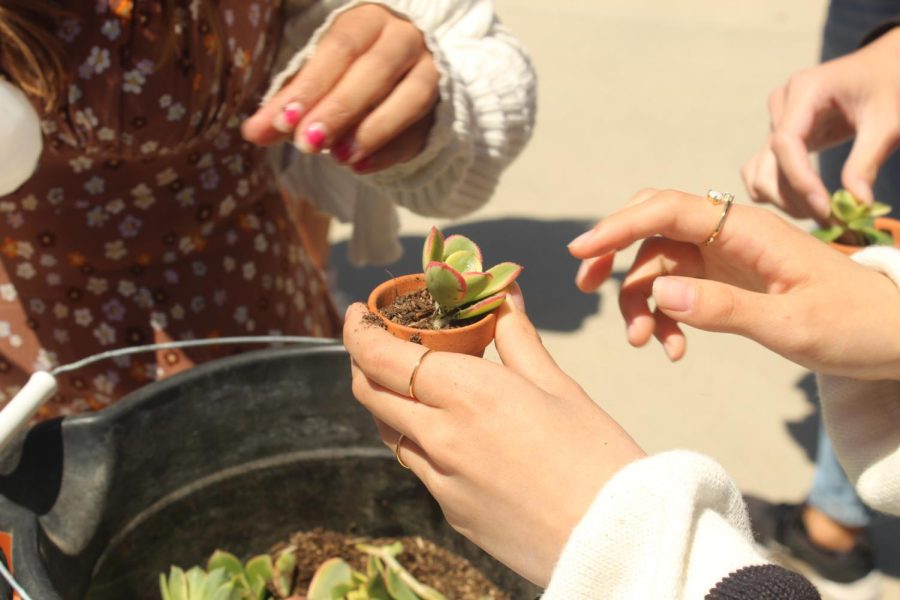
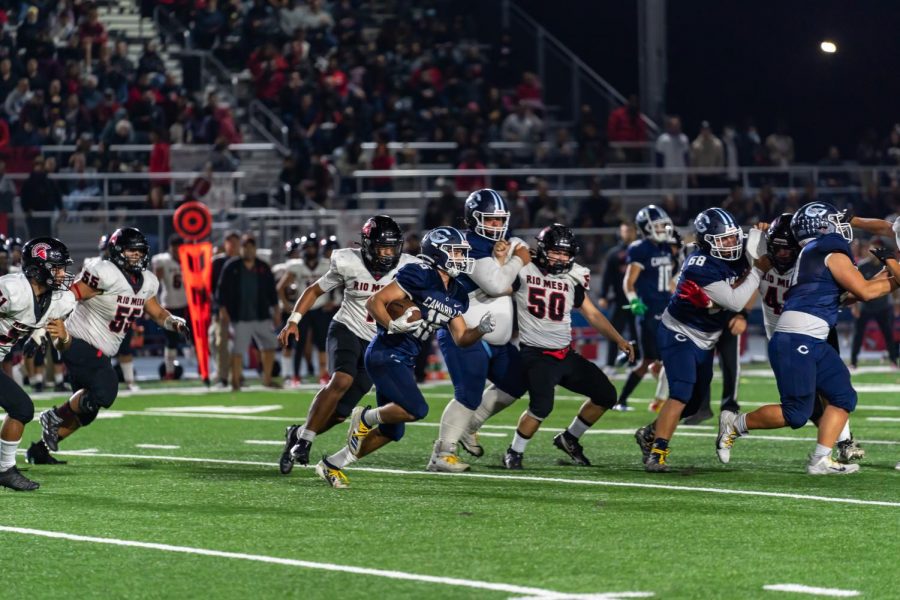

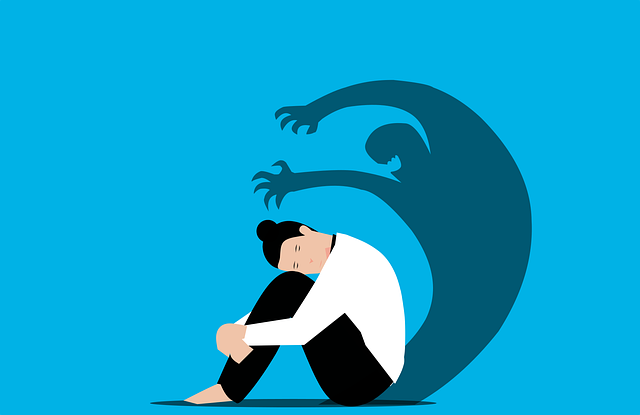




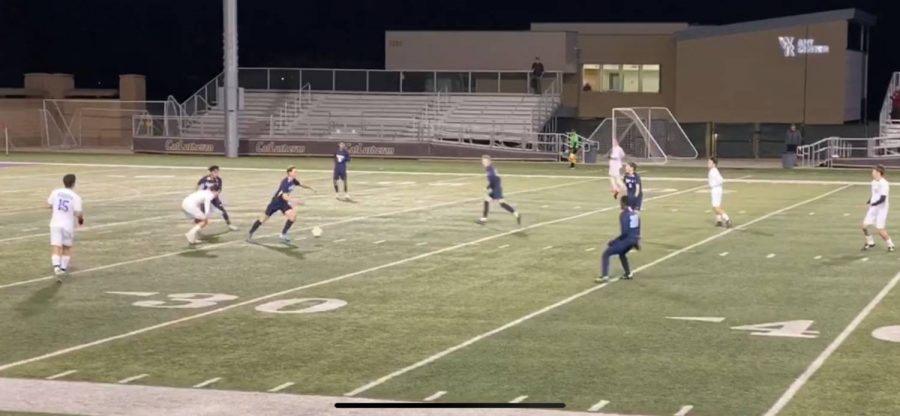




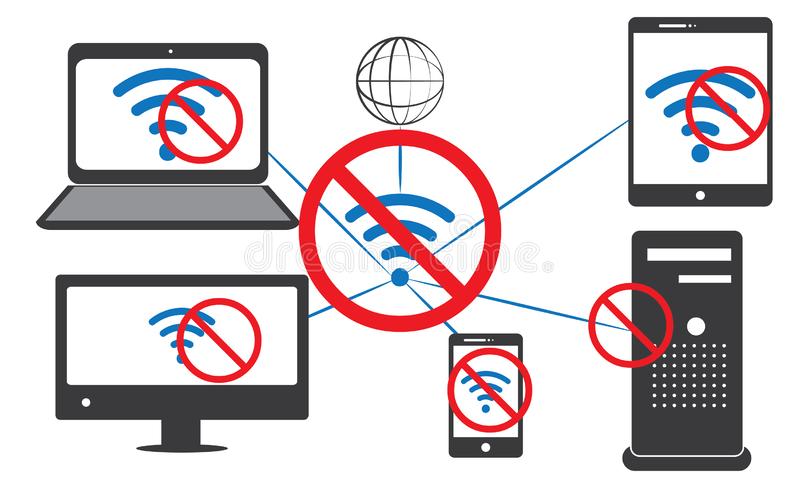
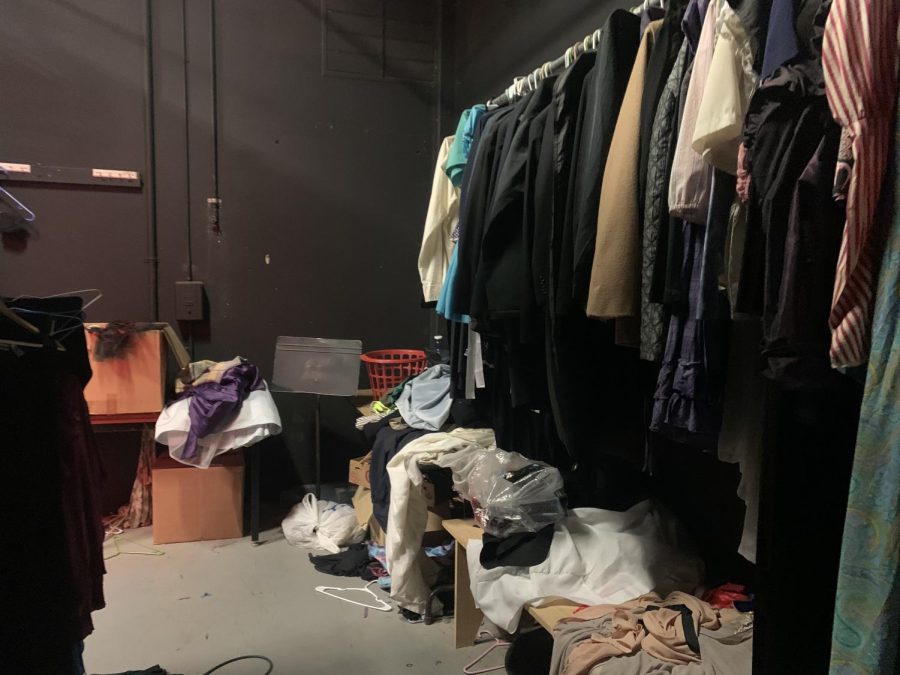


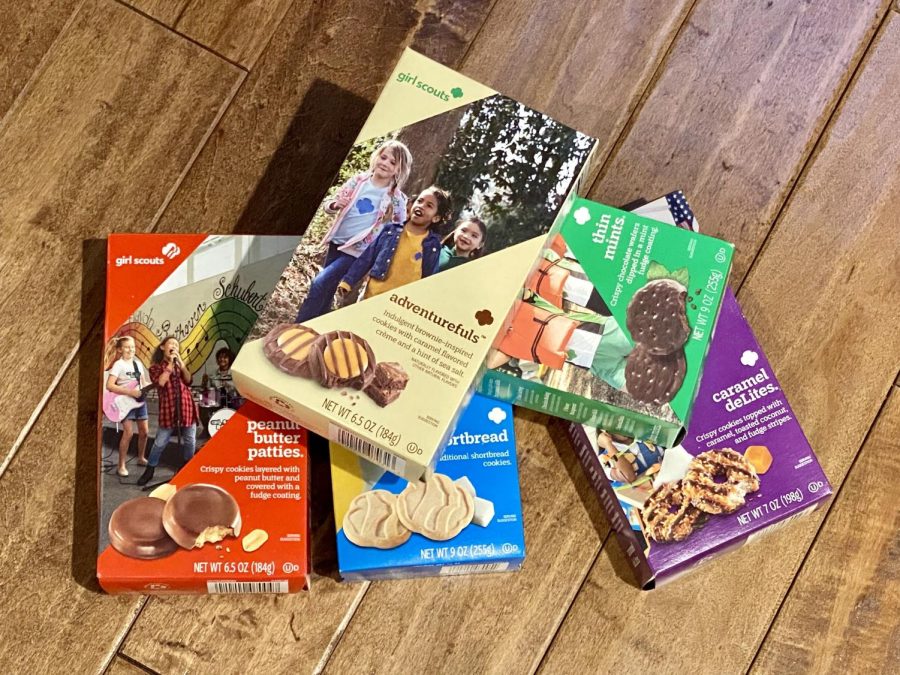
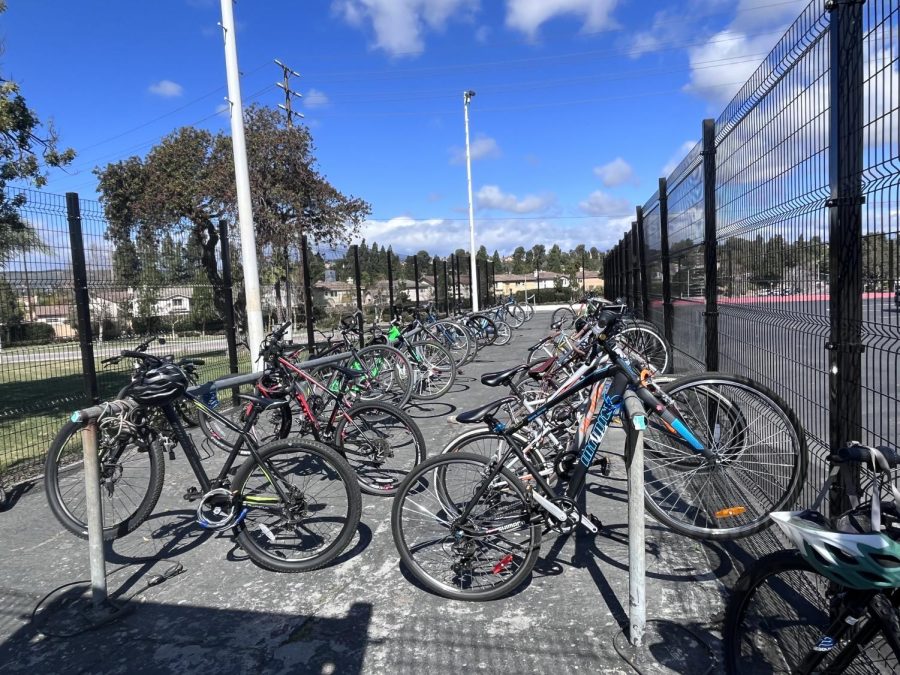
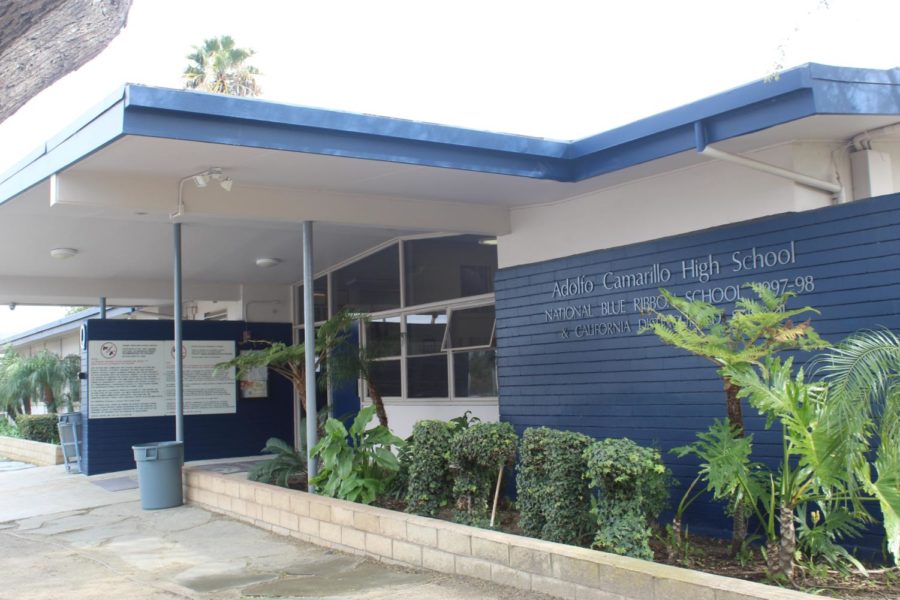
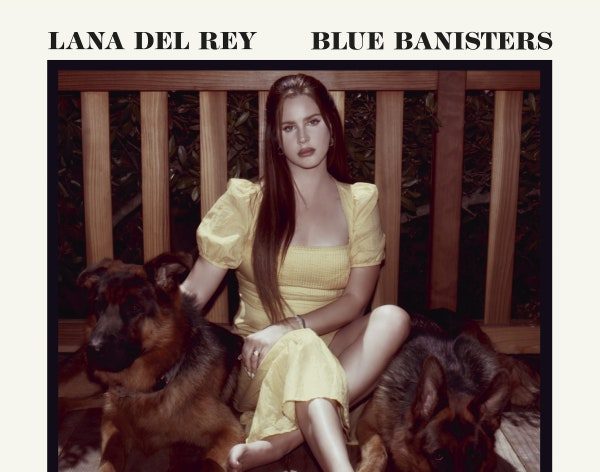

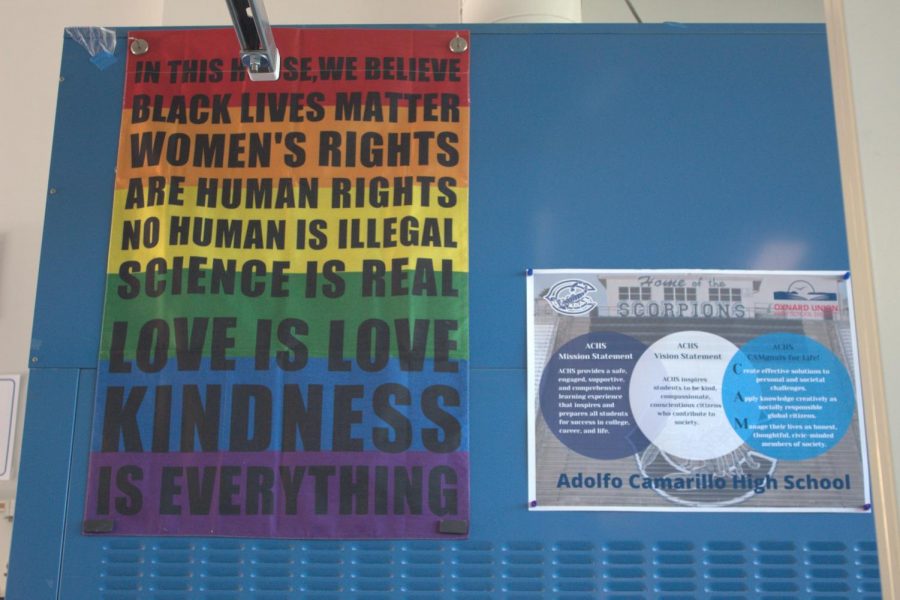
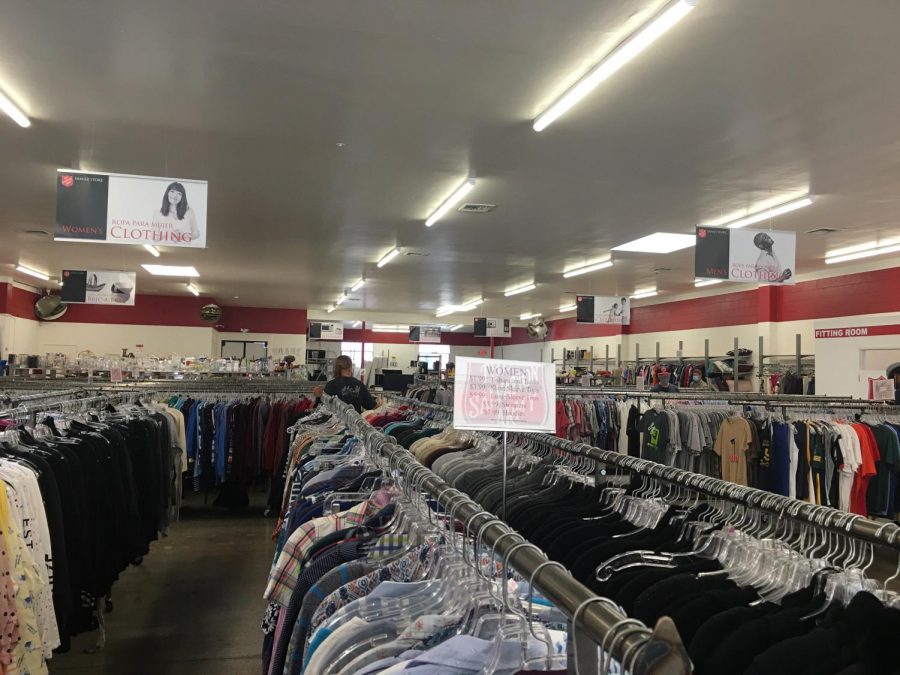
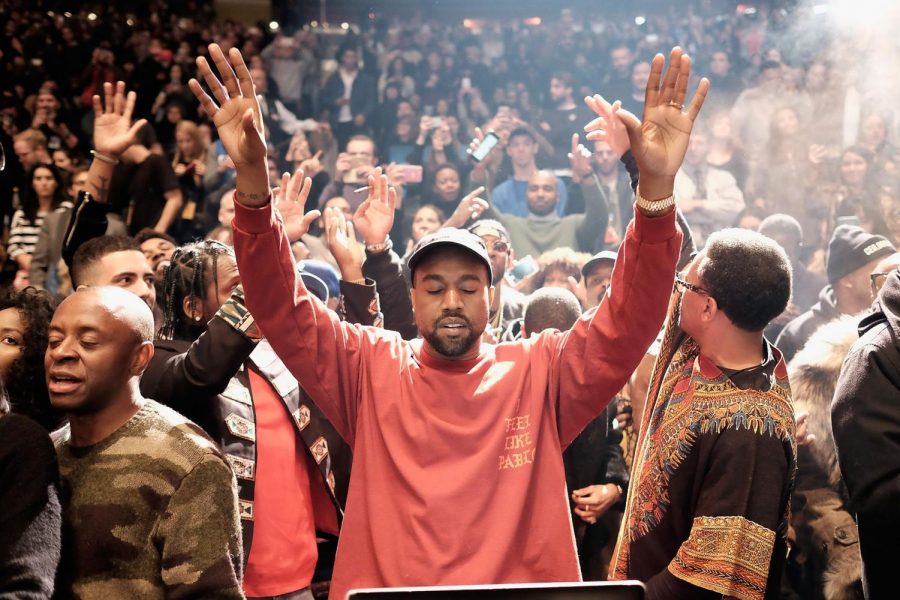
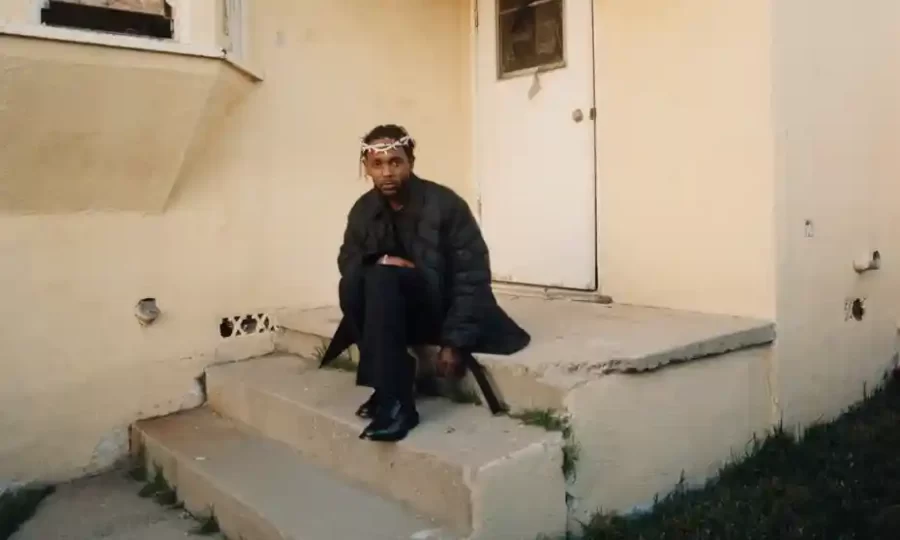

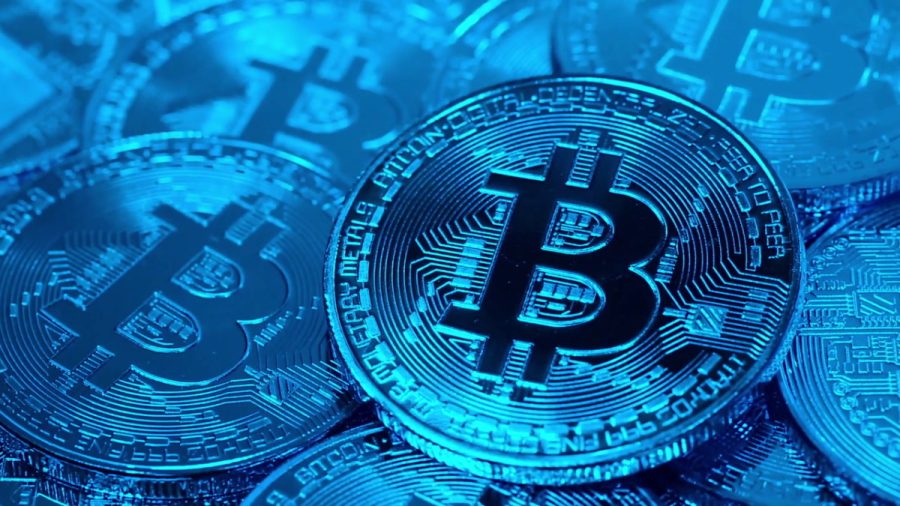
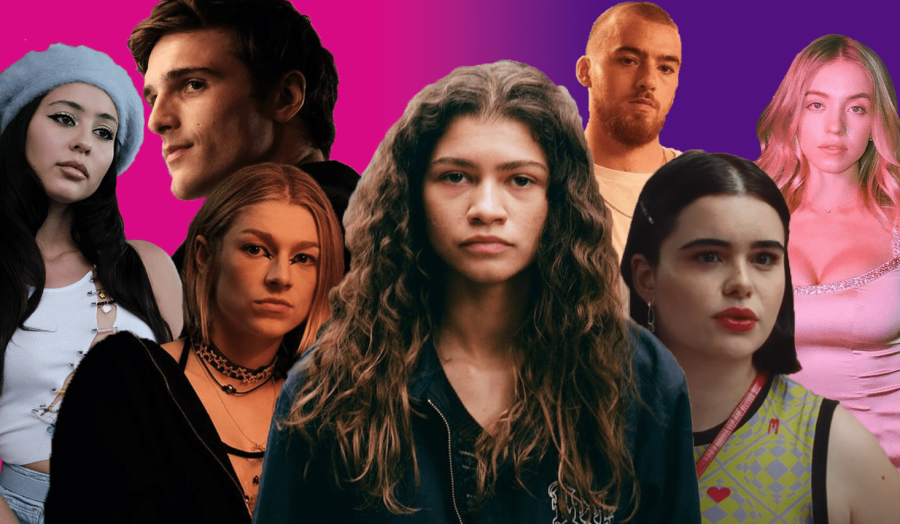


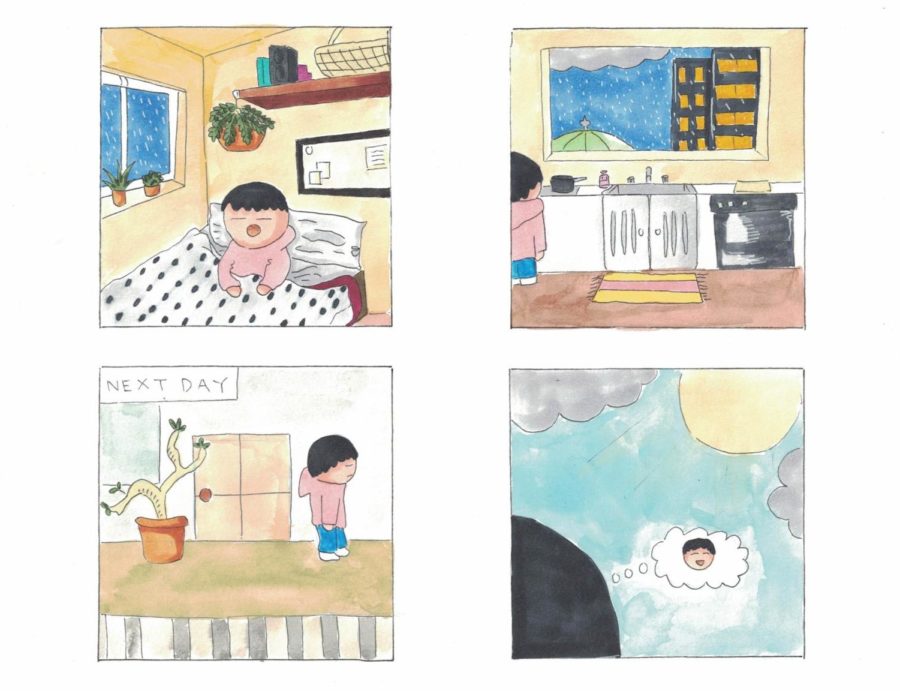
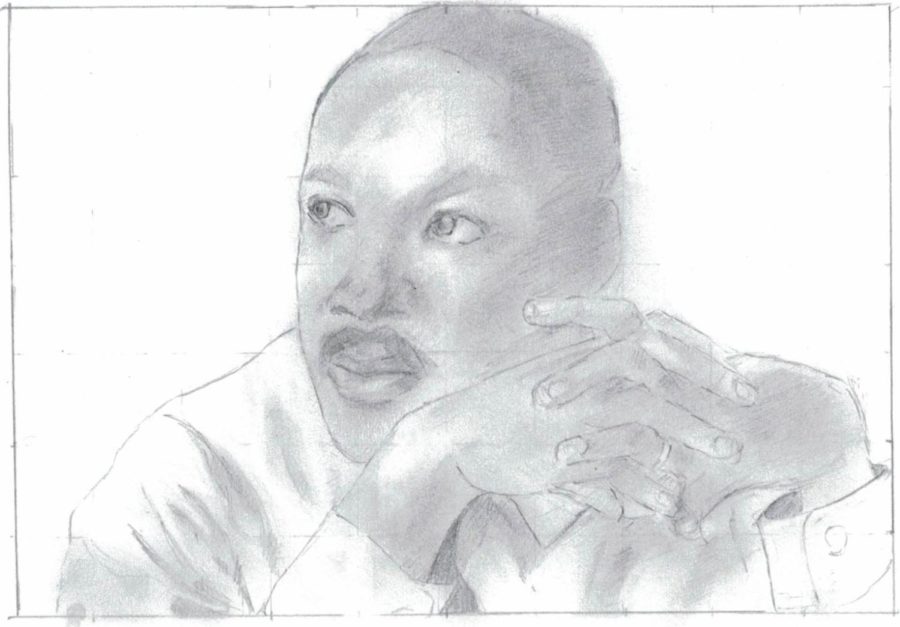
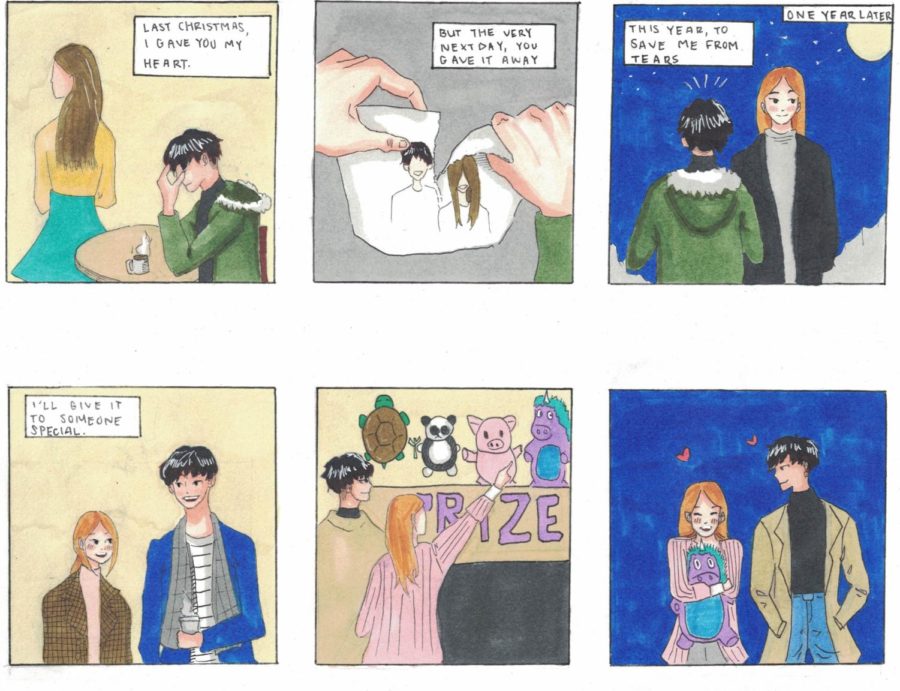
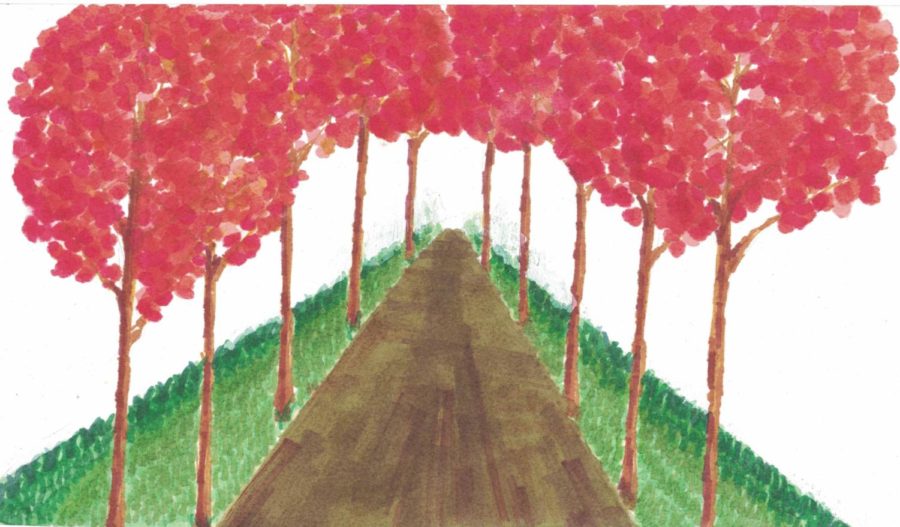
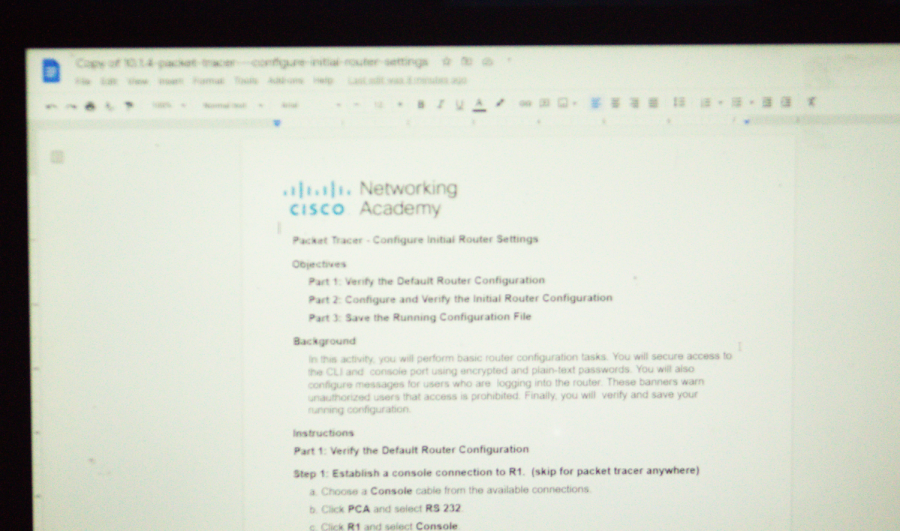

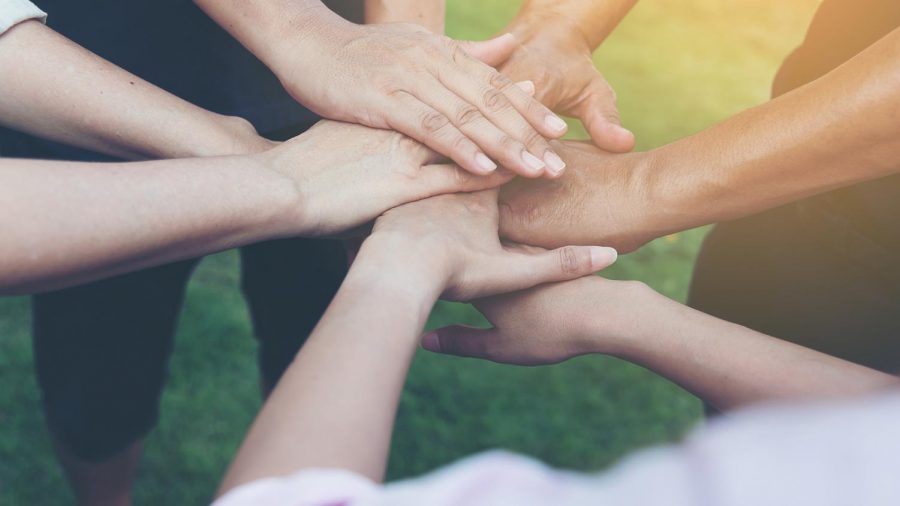

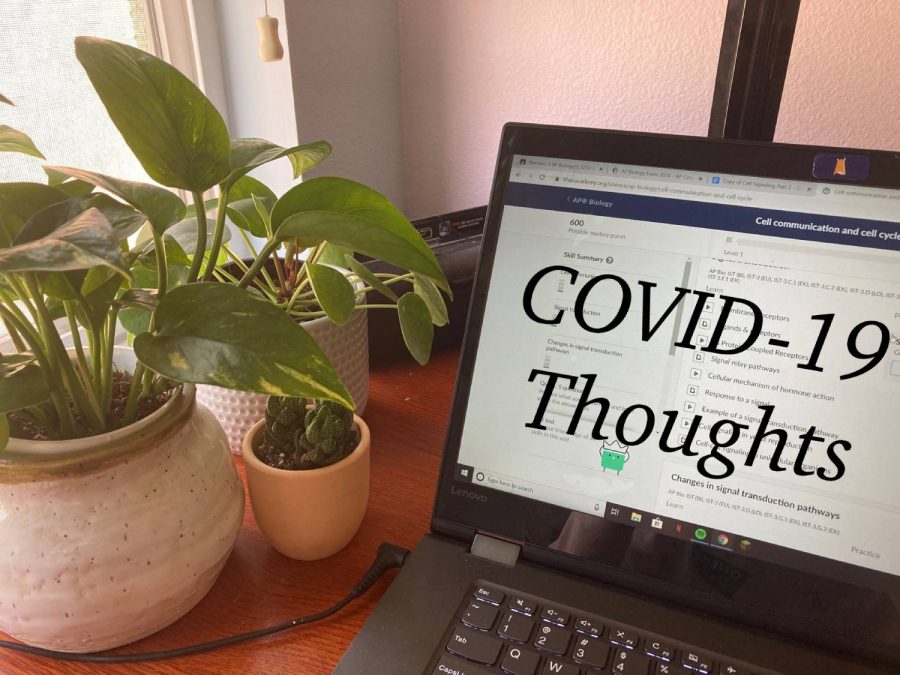
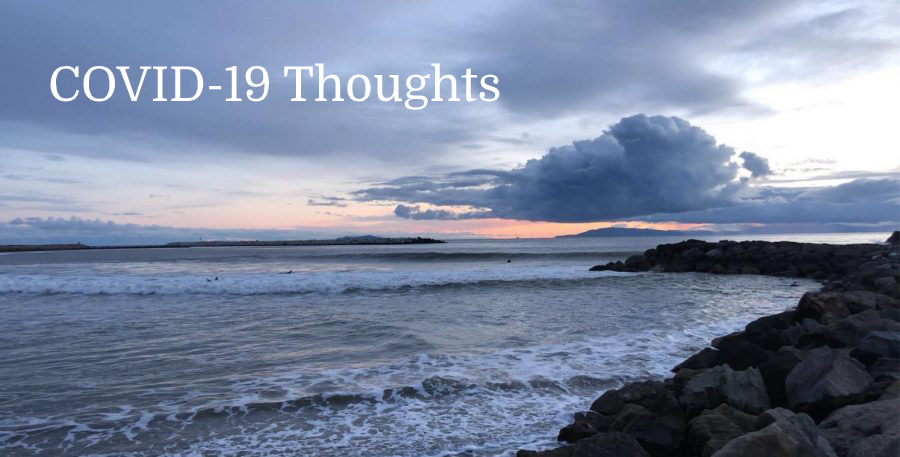
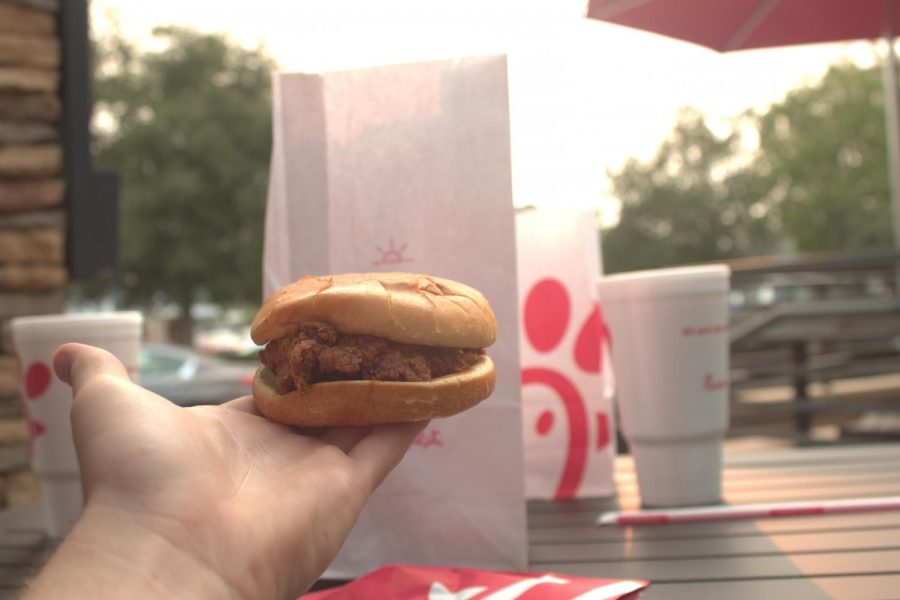
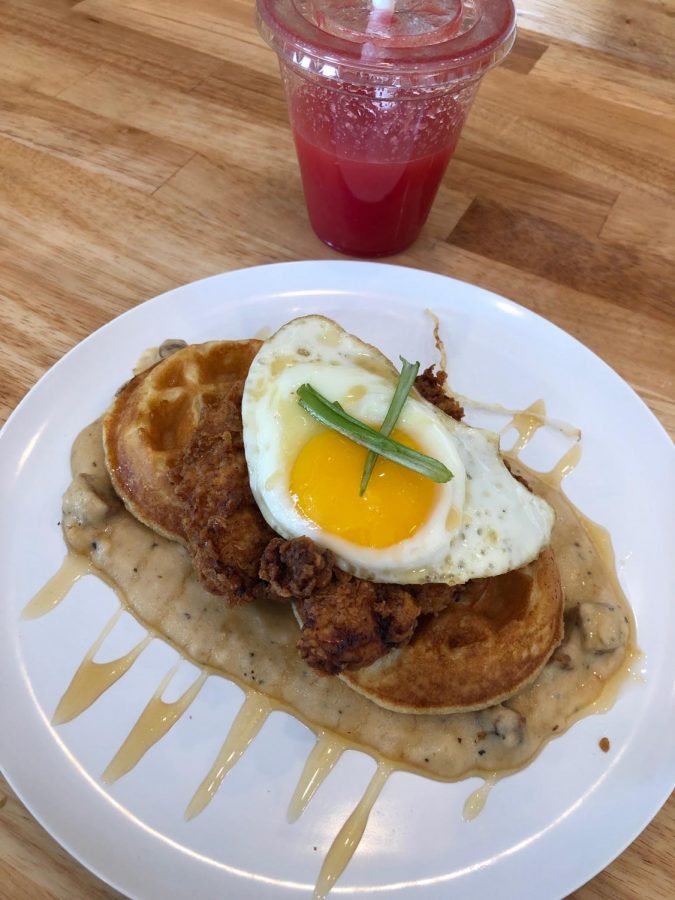
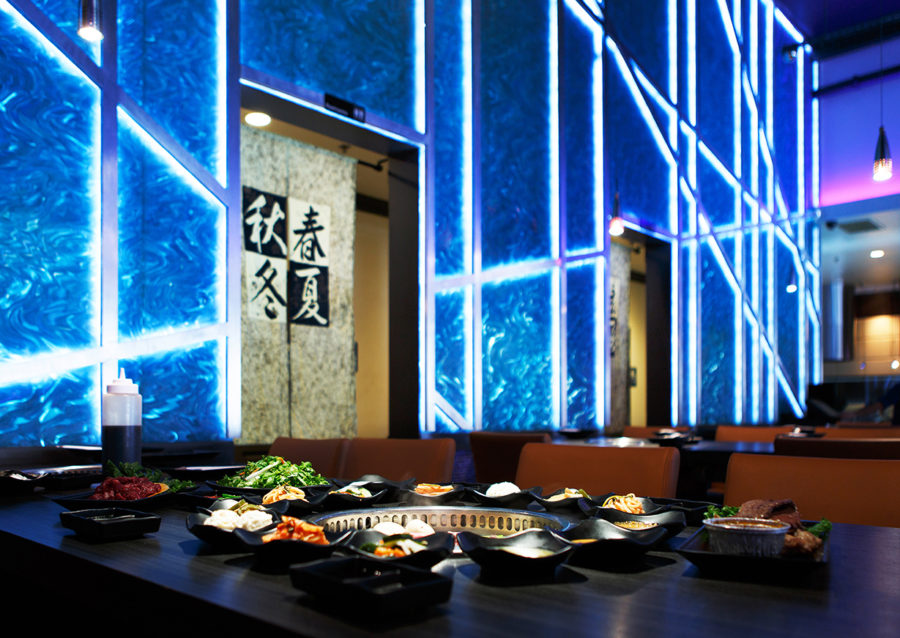
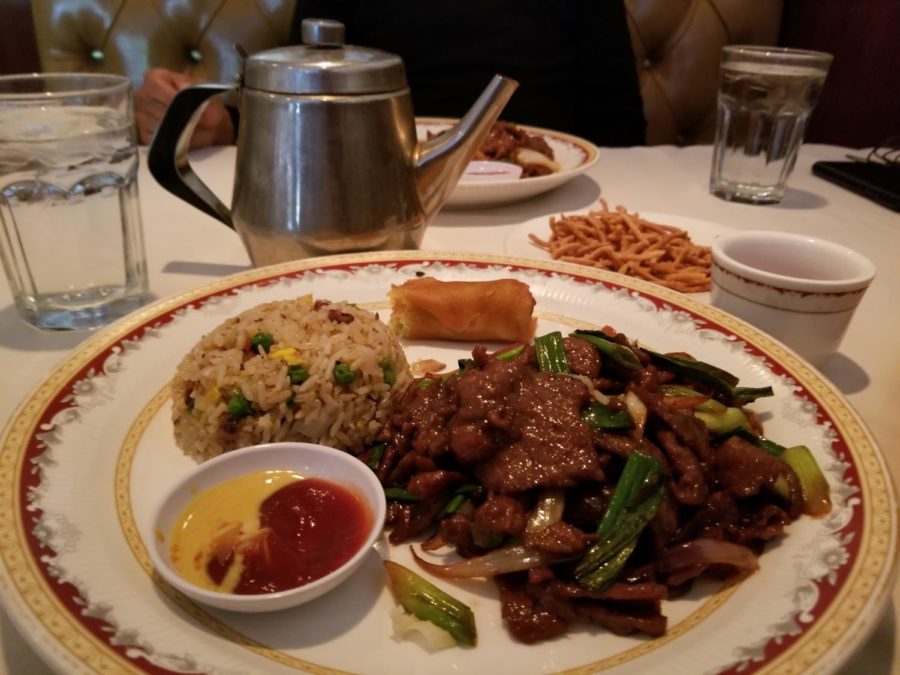

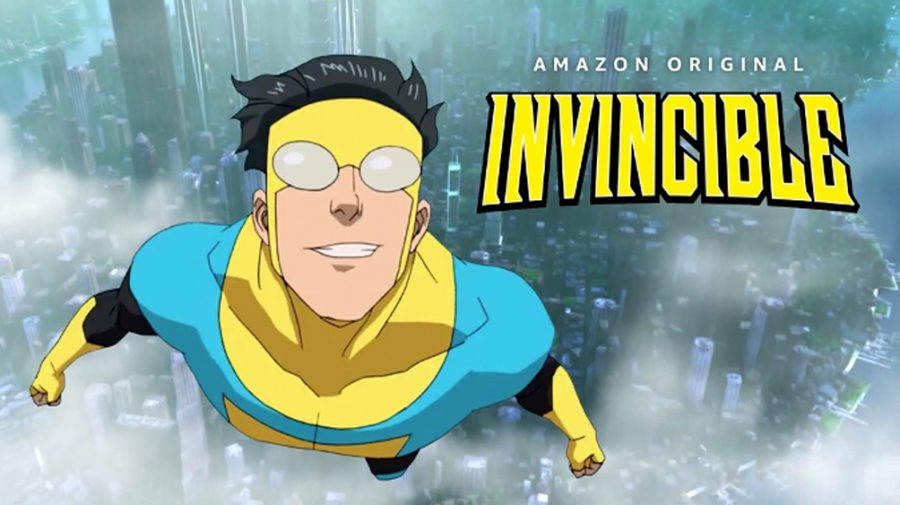
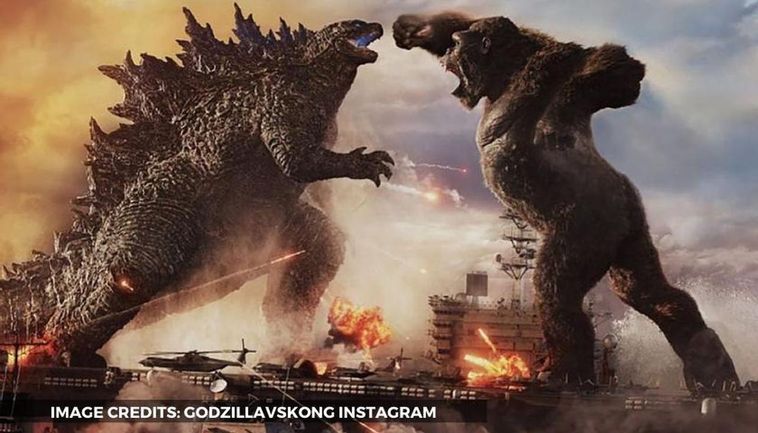
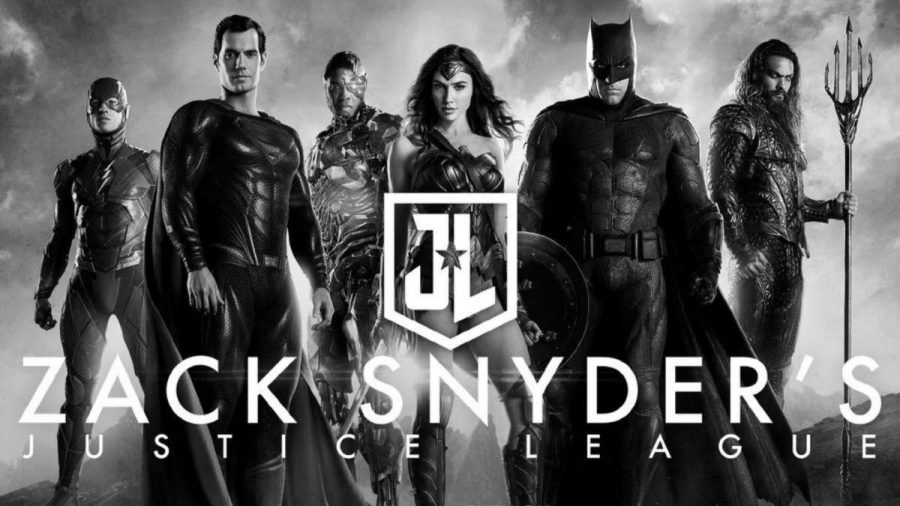
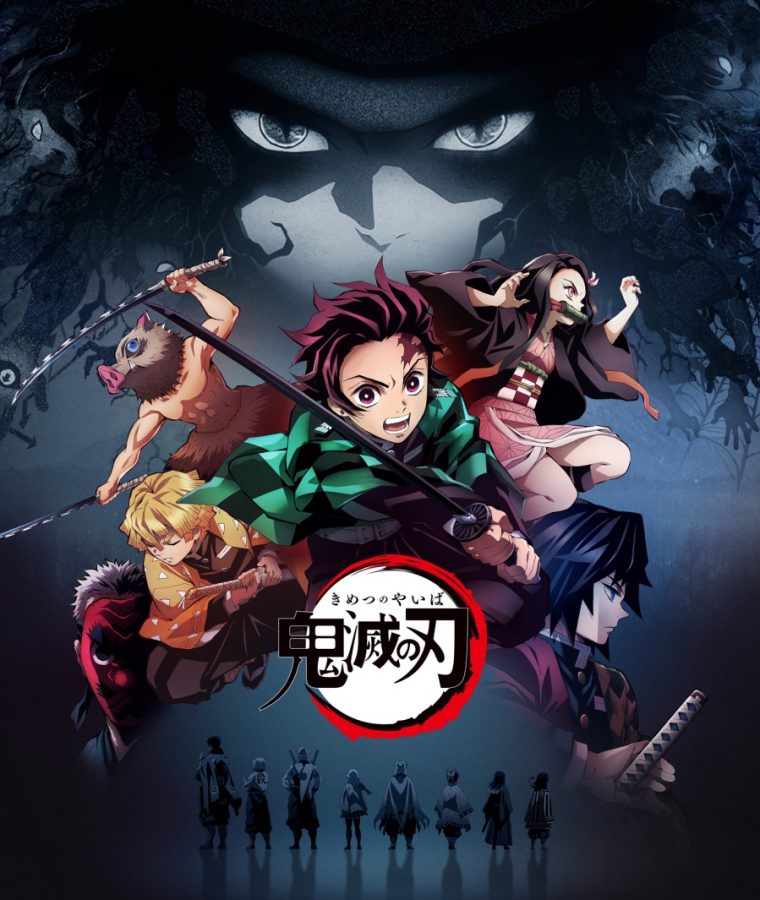

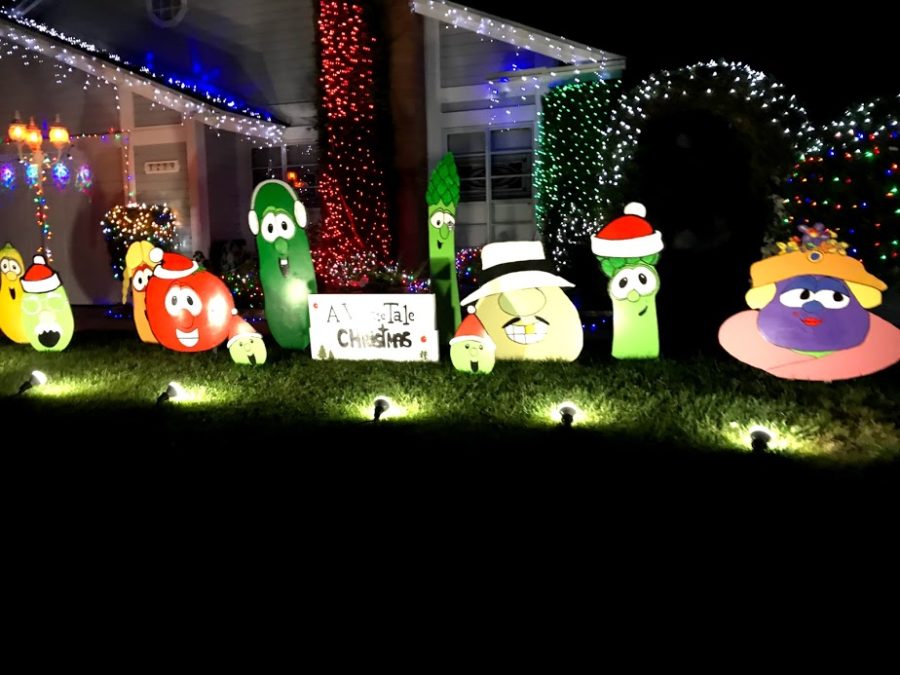

![Senior Ditch Day... Relaxation or Truancy? [Video]](https://achsstinger.com/wp-content/uploads/2017/10/IMG_7119-900x599.jpg)
![Heavy Rain Hits Cam High [video]](https://achsstinger.com/wp-content/uploads/2017/02/maxresdefault-900x506.jpg)
